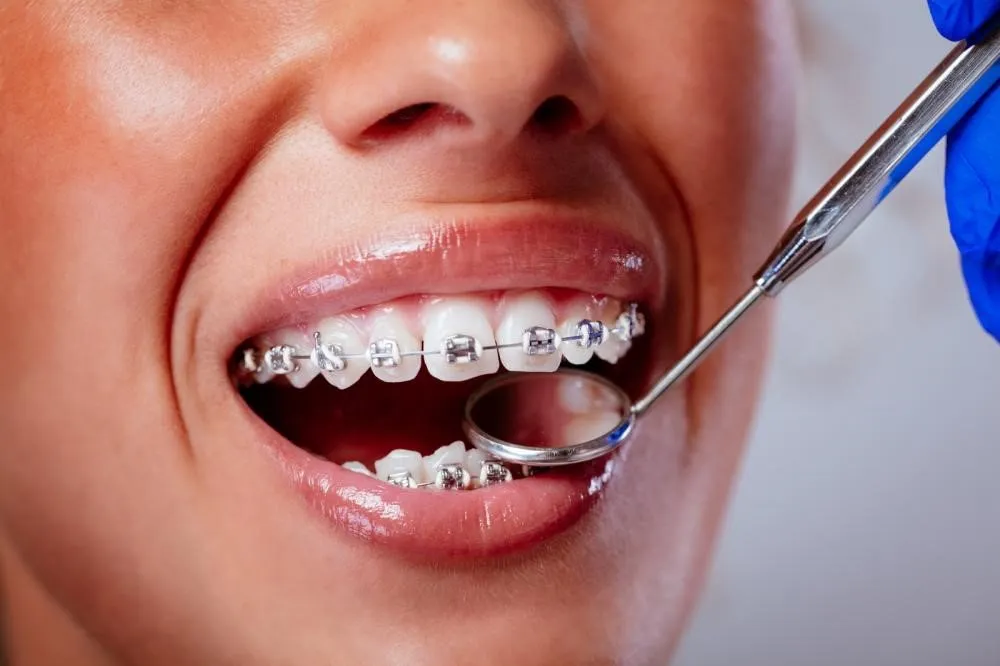
Orthodontics (Braces)
Orthodontics, a specialized field in dentistry, focuses on the diagnosis, prevention, and correction of misaligned teeth and jaws. Braces, one of the most common orthodontic treatments, play a pivotal role in straightening teeth and creating a well-aligned smile.
Braces consist of various components, including brackets, wires, and bands. The brackets are attached to the surface of each tooth, and a wire is threaded through them, applying gentle pressure to guide the teeth into the desired positions. Additional elements like bands and elastics may be used to enhance the effectiveness of the treatment. The controlled forces exerted by braces gradually move the teeth, correcting issues such as overcrowding, gaps, and malocclusion (improper bite).
Orthodontic treatment with braces begins with a comprehensive examination, which may include X-rays and impressions of the teeth. This assessment helps the orthodontist develop a personalized treatment plan to address the specific needs of each patient. The duration of orthodontic treatment varies based on the complexity of the case, ranging from several months to a few years.
One of the primary benefits of orthodontic treatment is improved aesthetics. Straightening misaligned teeth not only enhances the appearance of the smile but also contributes to increased self-confidence. Beyond aesthetics, braces play a crucial role in improving oral health and functionality.
Malocclusion, or a misaligned bite, can lead to various dental issues, including difficulty chewing, speech problems, and an increased risk of tooth decay and gum disease. By correcting malocclusion, braces not only enhance the overall function of the teeth and jaws but also contribute to long-term oral health.
Advancements in orthodontics have introduced various types of braces to cater to different preferences and needs. Traditional metal braces are durable and effective, while clear or ceramic braces provide a more discreet option, blending in with the natural color of the teeth. Invisalign, an innovative alternative, utilizes clear aligners that are removable and virtually invisible, offering a more flexible and aesthetically pleasing option for certain patients.
Regular follow-up appointments with the orthodontist are essential throughout the treatment process. These visits allow for adjustments, monitoring progress, and ensuring that the treatment plan aligns with the desired outcomes. Following the active phase of treatment, patients often wear retainers to maintain the newly achieved alignment of the teeth.
In conclusion, orthodontics, particularly the use of braces, is a transformative and essential aspect of dental care. Beyond cosmetic improvements, orthodontic treatment with braces addresses functional issues, contributes to long-term oral health, and provides individuals with a confident and well-aligned smile. Advances in orthodontic technology continue to offer patients more choices for achieving optimal oral health and a beautiful smile.

